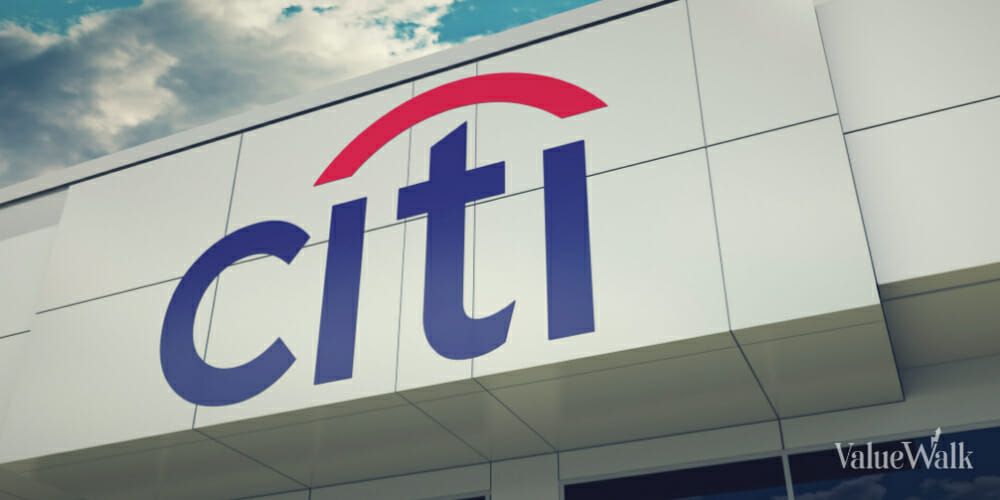While billionaire investor Carl Icahn is best known for his shareholder activism where he tries to convince company execs to create shareholder value over the short term, he also occasionally makes longer-term investments. Icahn’s large stake in oil and gas producer Chesapeake Energy is a case in point.
After first buying Chesapeake Energy shares back in 2010, between May 2012 and November 2012, Icahn announced a much larger Chesapeake Energy stake. Then, just last week, Icahn upped his stake to more than 13 million shares (his first purchase in more than 27 months). Of note, Icahn seems to favor buying Chesapeake during bad news phases when prices are cheap.
Icahn is in Chesapeake Energy for the long run
Chesapeake’s stock price more than doubled from its 2012 low of roughly $14 to as high as $31 in June of 2014, but Icahn did not let go of any shares. On another big turnaround bet he made in 2012, Netflix, which rallied quickly after his investment, Icahn sold out for an $800 million profit.
However, Icahn has stayed in Chesapeake, not taking any profits. That’s not the typical shareholder activist short-term approach to making money. Of note, in trading the last few weeks, Chesapeake has dropped below its 2012 bottom of $14.
Icahn and Southeastern Asset Management, a long-time Chesapeake shareholder, are neck-and-neck as the company’s largest investors as of March 31st, at 11% and 11.1%.
Chesapeake has cut costs
Analysts point out that the firm has done a good job of reducing costs since CEO Doug Lawler took the reins in the summer of 2013, SunTrust Robinson Humphrey analyst Neal Dingmann noted. The company, however, is hamstrung by some older contracts, including money-losing pipeline contracts negotiated by earlier CEO McClendon, which force Chesapeake to pump gas at a loss in parts of Louisiana and Texas to not have to pay penalties.
Needs higher oil and gas prices to be profitable
“If gas prices stabilize, and I have them stabilizing, my model shows that their [negative cash flow] this year will be a few million dollars,” Dingmann commented.
Dingmann’s figures are based on natural gas costing close to $2.95 per million BTUs by year-end and $3.12 next year, with oil hanging near $50 per barrel this year and moving up to $53 in 2016. With these assumptions, Chesapeake Energy will maintain earnings before interest, taxes and non-cash charges of between $3.5 billion and $4 billion each year, but it would still run a deficit after capital spending is included.











